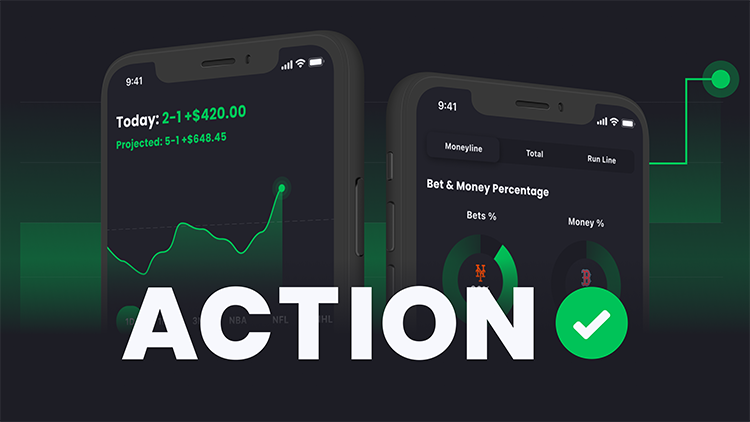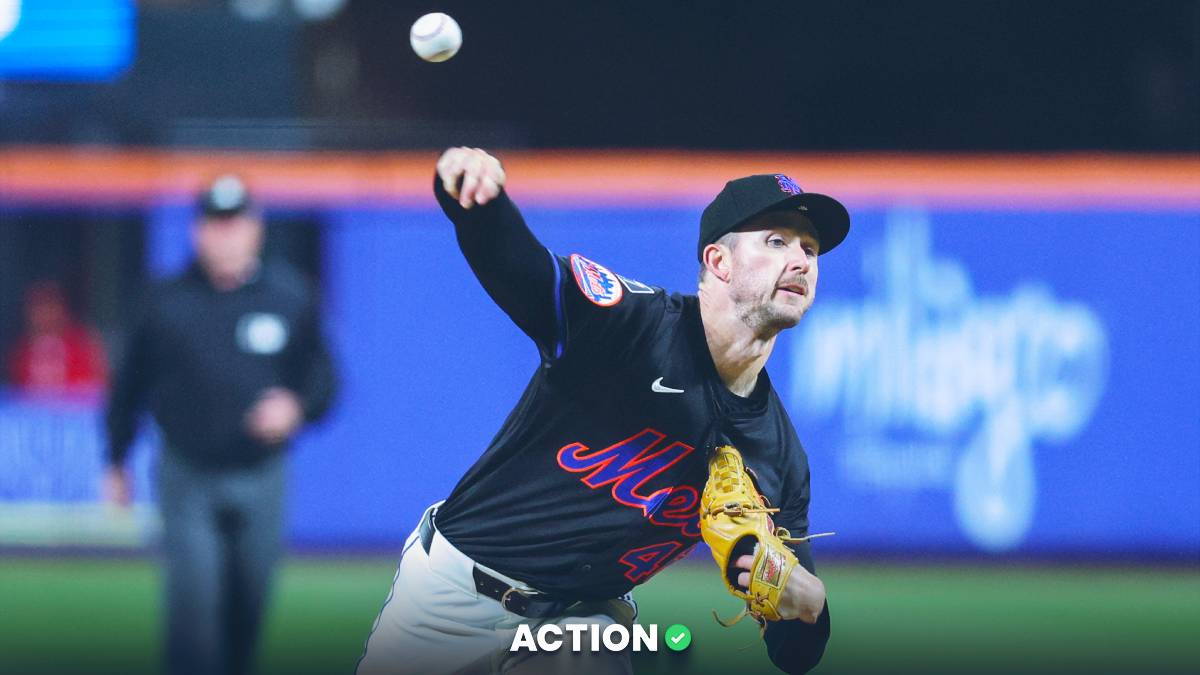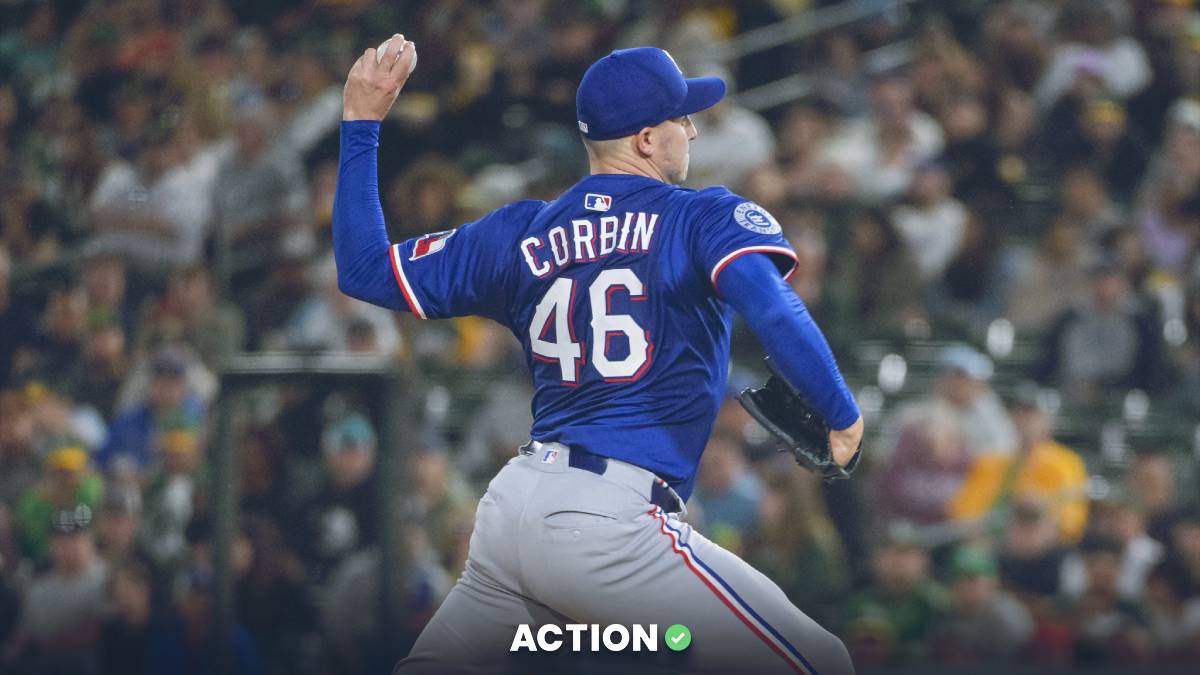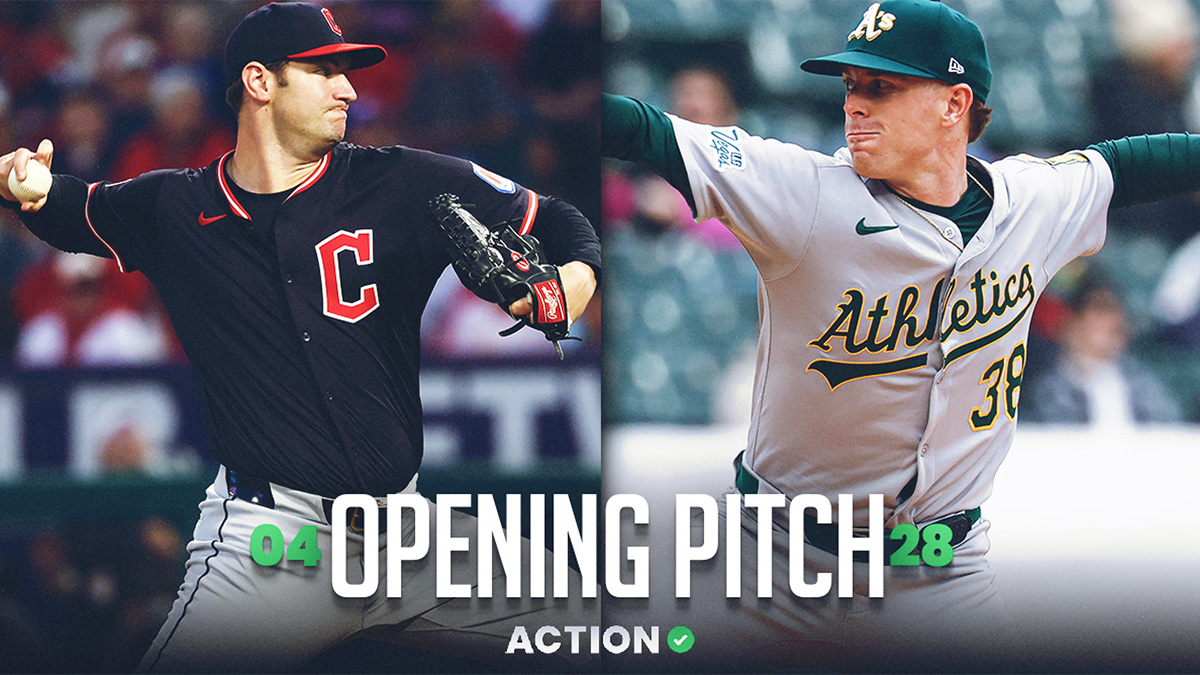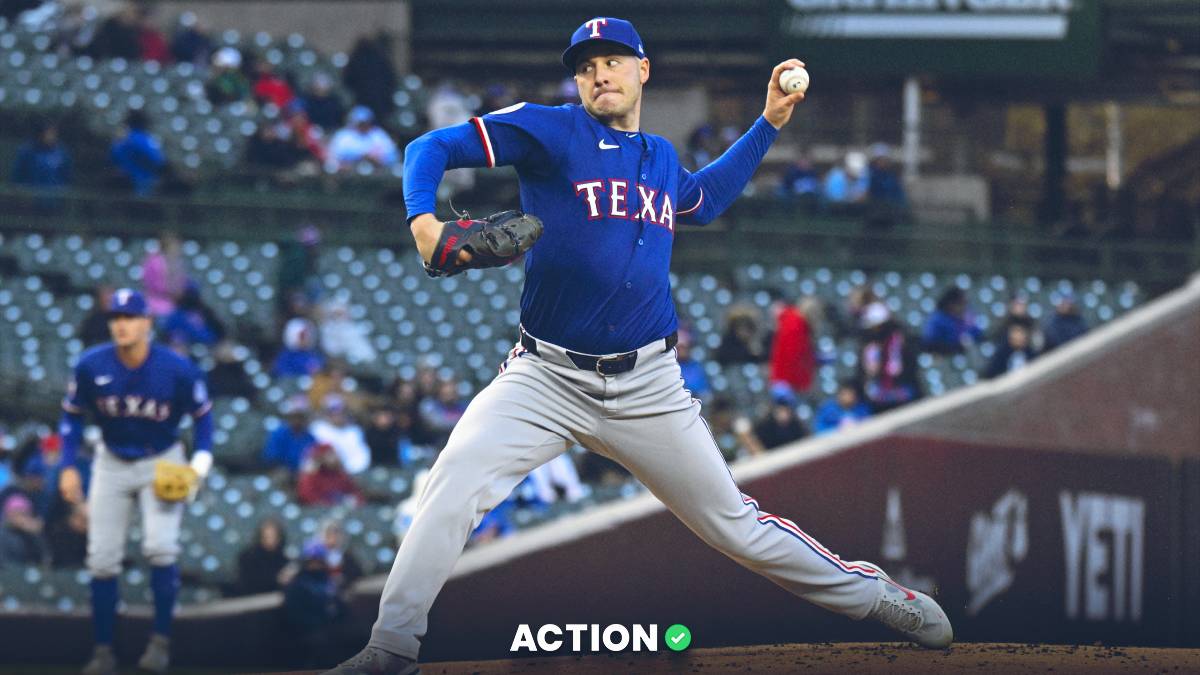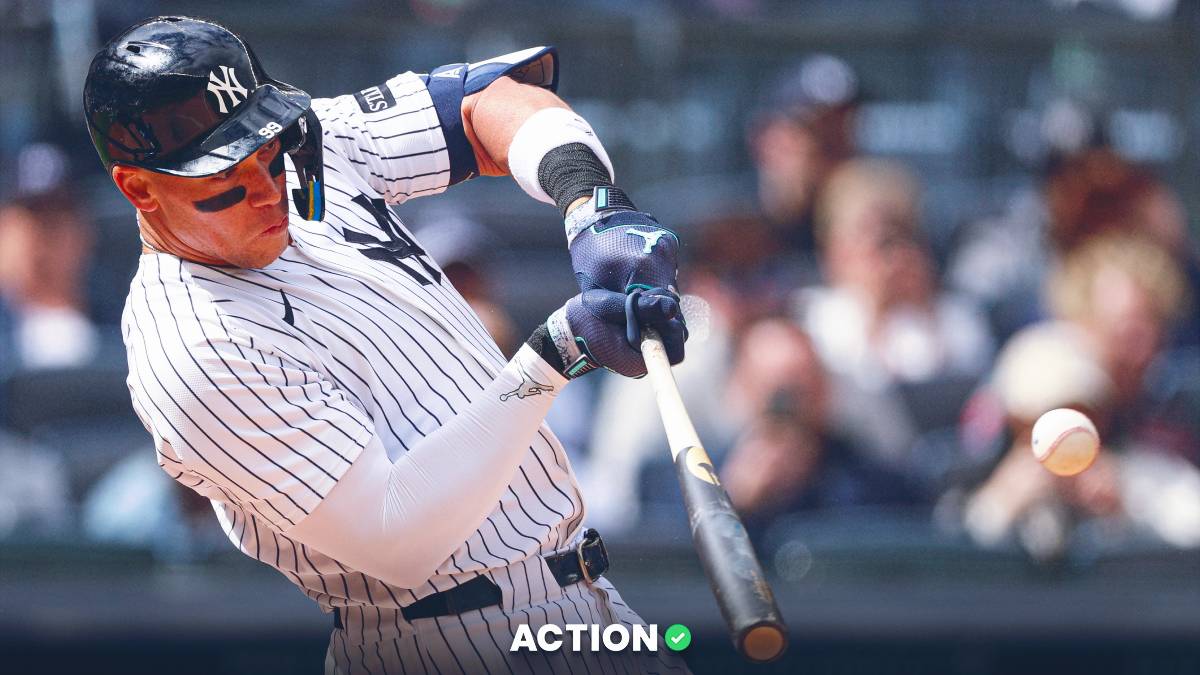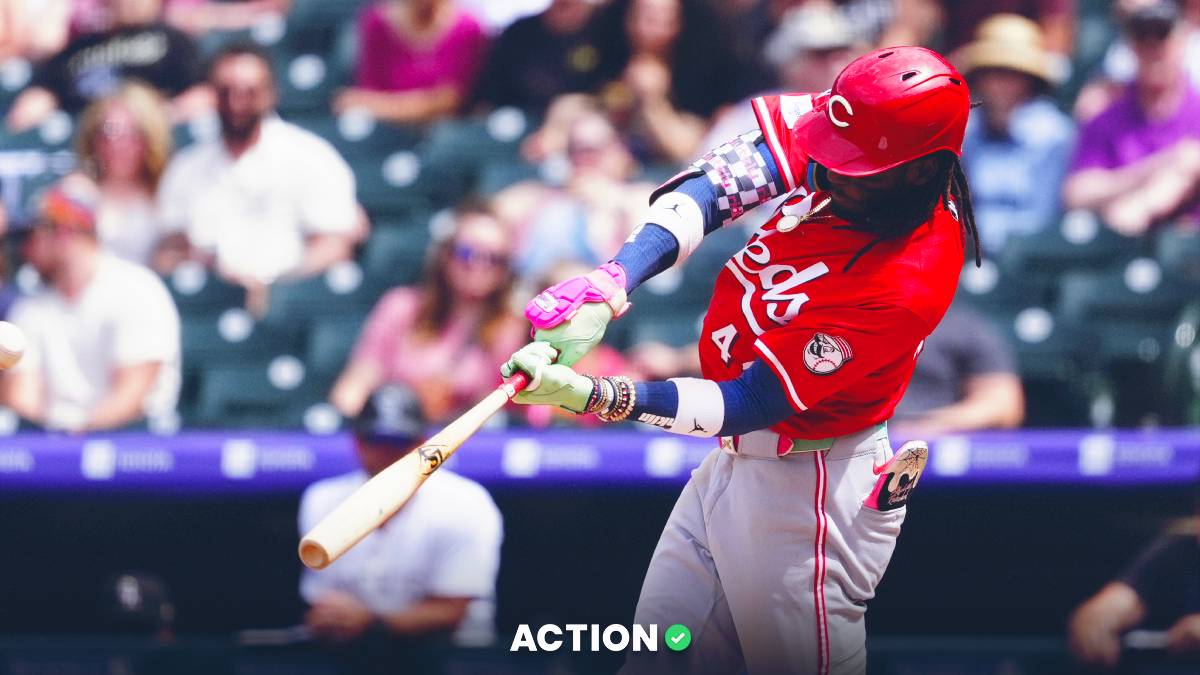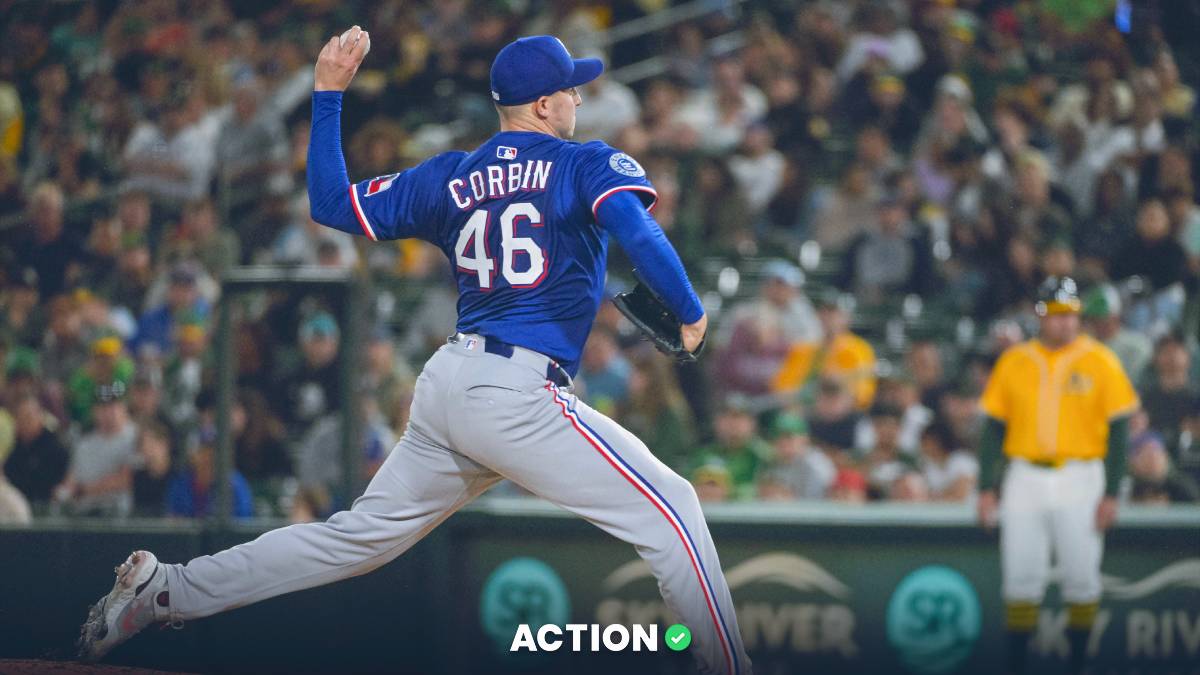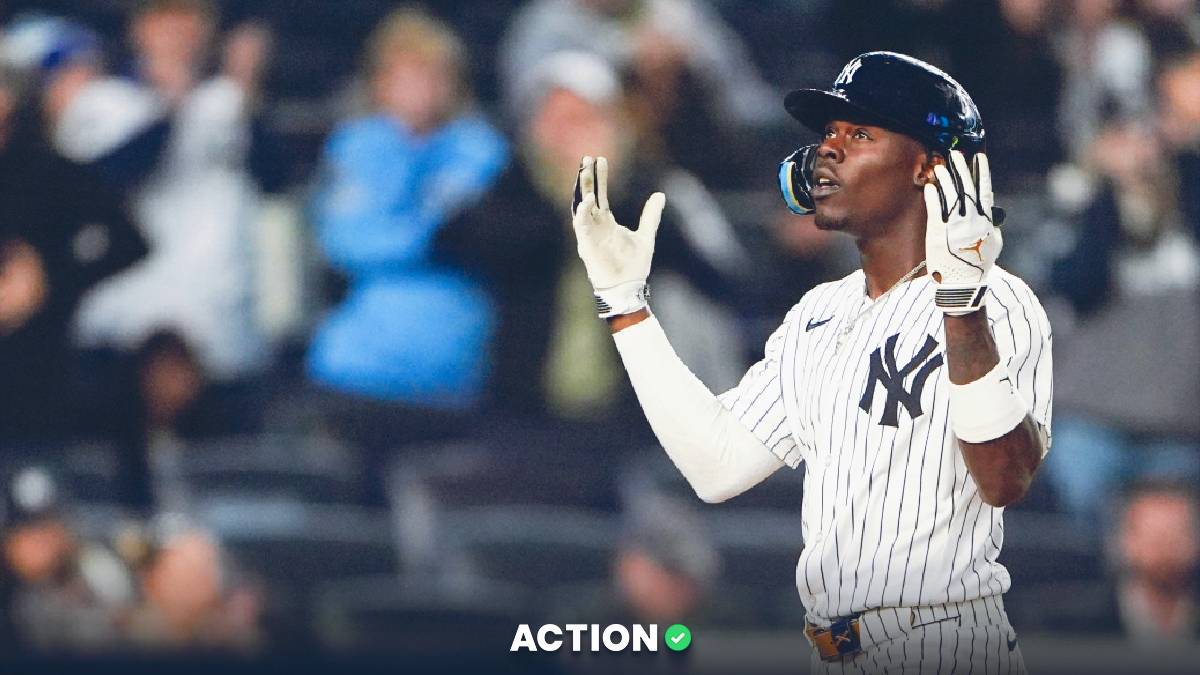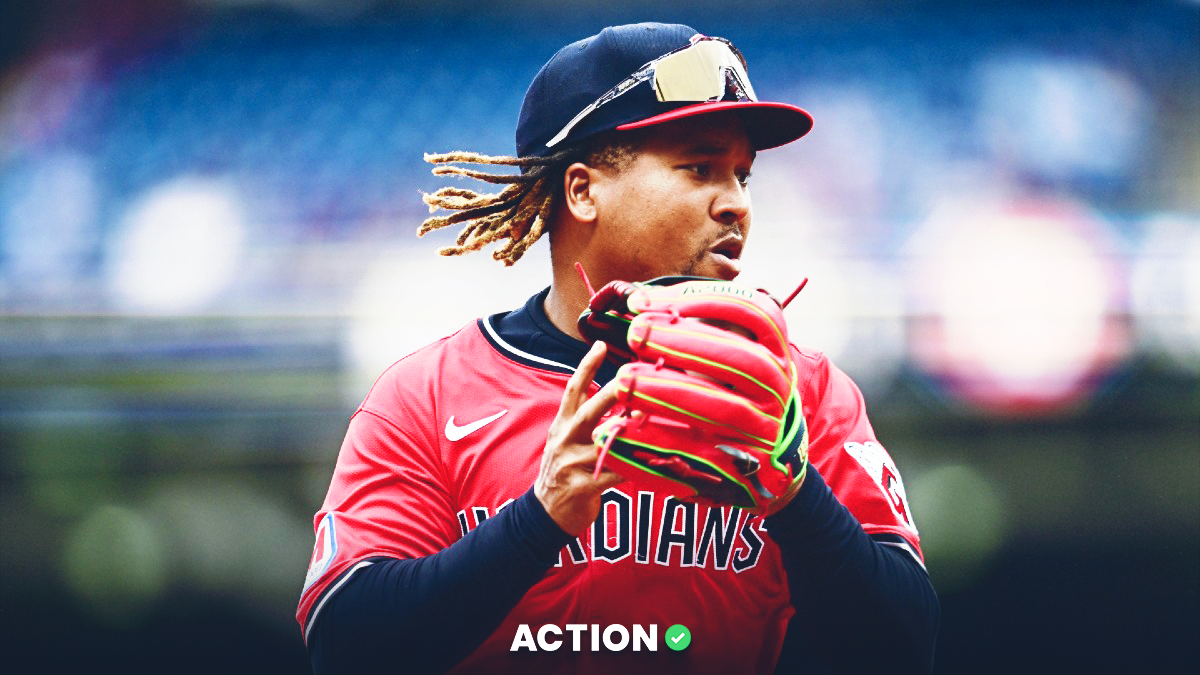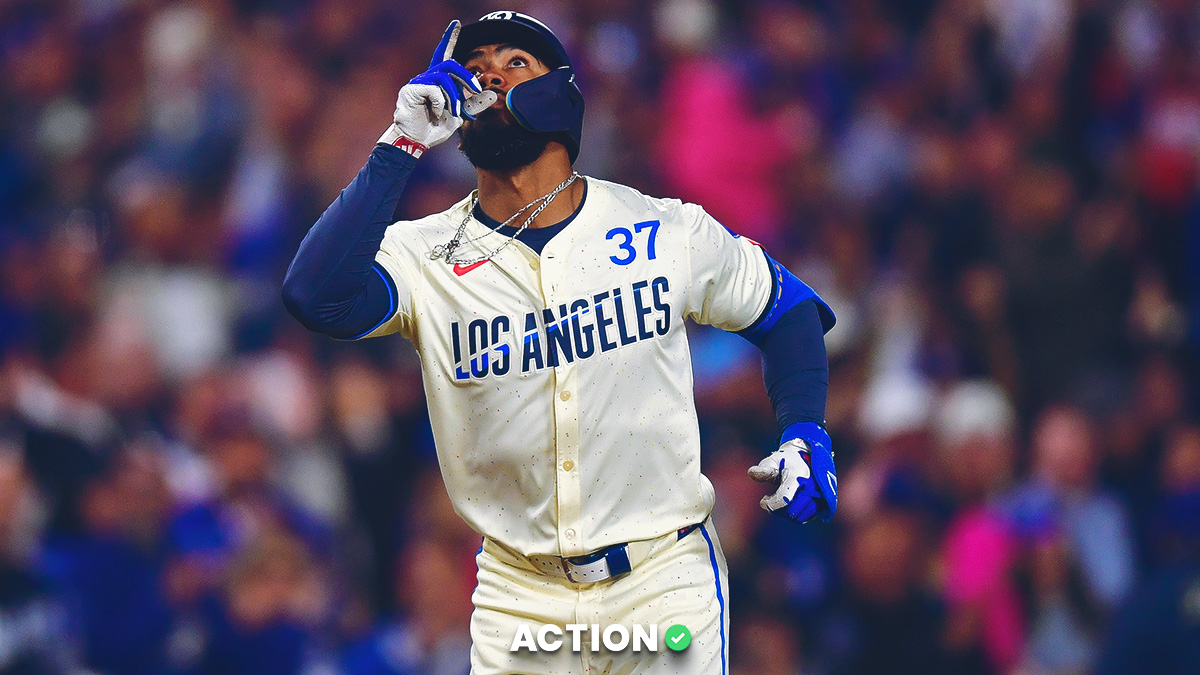After a long winter, baseball is back. And so is MLB betting. Be sure to follow our MLB odds for what's in store for your favorite teams during the 2023 season.
The lockout gave us a brief scare, but has begun and will offer 2,430 games to bet across the six-month calendar.
How to Bet on Baseball in 2023
Unlike football and basketball, where the majority of bets are based on the point spread, baseball is a moneyline sport. A prop bet or run line bet are available, but they're not as popular. This means that bettors need to pick only who wins the game, not who covers.
If bettors love to simply choose what team will win each game, they can check out our daily MLB picks throughout the season to make informed prop bets.
When betting the moneyline, you have the option to take either the favorite — the team expected to win — or the underdog. Be aware that if you're betting the favorite, you're going to gain less money than you wagered if your bet wins, whereas winning an underdog bet will (usually) return more than your wager. More on how to read moneyline odds here.
And while it's more uncommon, you do have the option to bet on the "spread," though in baseball betting that's referred to as the run line, and in almost every case, is -1.5 runs for the favorite with varying odds.
You also have the option to bet on the over/under (or total), which, as in other sports, is a wager on how many runs will be scored in the game.
Another unique aspect of baseball betting is its long, drawn-out schedule. With so many games played every single day (2,430 regular-season games in a normal season), wiseguys are provided seemingly endless opportunities to maximize their edge.
As for how you can maximize yours, here are 10 easy tips to help you turn a profit this MLB season.
10 Baseball Betting Tips
1. Avoid Big Favorites
Oddsmakers know that recreational folks in baseball betting love to take favorites. As a result, they'll capitalize on public bias and shade their lines accordingly. This means that popular teams like the Red Sox, Yankees, Cubs and Dodgers will always be overpriced because "Average Joes" will take on them regardless of whether they're -150, -180 or -200 when betting baseball.
Using our Bet Labs software, we found that regular-season favorites at -150 or higher have gone 9,040-5,264 (63%) since 2005. On the surface that record seems impressive. However, because you're always laying a huge minus number, you actually end up in the red (-310.77 units).
When favorites win, your payout is small. But when they lose, you get crushed. Simply put, the juice isn't worth the squeeze.
2. Take Advantage of Plus-Money Underdogs
In order to make money sports betting football and basketball spreads, bettors must win 52.4% of the time (assuming -110 juice) in order to break even. However, if MLB bettors avoid big favorites and consistently take plus-money underdogs (+120, +150, +170) they can win at a sub-50% clip but still finish the year with positive units won. When dogs lose, you only lose what you risked. But when they win, you enjoy valuable plus-money payouts.
For example, our Sports Insights MLB Best Bet picks have gone 3,005-3,378 (47.1%) on the spread/moneyline since 2008. However, because we're almost always taking undervalued plus-money dogs, that win rate translates to +202.7 units won. This means that if you bet $100 on each moneyline Best Bet since 2008 you would have profited $20,270.
3. Bet Against the Public
For years, we've detailed the value of betting against the public. We like to go contrarian because, more often than not, the public loses. The Average Joe bets based on his gut instinct. They always want to bet favorites, home teams, popular franchises and teams with star players.
They're also a victim of recency bias. If a team looked great last game, they'll bet it. If it looked awful, they'll fade it. By going contrarian, we are able to capitalize on public bias and take advantage of artificially inflated numbers. As an added bonus, we also place ourselves on the side of the books. We all know the house always wins.
Our Sports Insights MLB Contrarian plays, which predominantly focus on dogs getting fewer than 40% of moneyline bets in the most heavily bet games of the night, have gone 2239-2873 (43.8%) since 2007. Again, a losing record, but because of the plus-money payouts, they've produced +193.3 units won.
Seeking the perfect advantage for your bets on baseball? Look into the benefits of the BetMGM bonus code.
4. Follow Reverse Line Movement
Baseball isn't just about taking plus-money dogs and blindly going contrarian. You also want to be on the sharp side of every game (with the professional bettors who have a long track record of success). One of the best ways to locate sharp action is to follow Reverse Line Movement (RLM), which is when the betting line moves in the opposite direction of the betting percentages.
For example, say the Cubs open -150 against the Brewers (+130). Chicago is getting 75% of moneyline bets, but you see the Cubs fall from -150 to -135, while the Brewers move from +130 to +115. Why would the books drop the line to give public Cubs bettors a better number? Because sharp action came in on the Brewers. Even though Milwaukee is only getting 25% of bets, the line moved in its favor.
Since 2005, MLB teams (both dogs and favorites) getting less than 35% moneyline bets with RLM of at least one cent have gone 4028-5123 (44%), +16.1 units won.
If you raise the RLM to 10 cents or more, it gets even better. A $100 bettor would have earned more than $8,700 following this system since 2005.
5. Focus on Divisional Dogs
Because MLB teams within the division play each other much more frequently, it breeds familiarity and levels the playing field, which inevitably benefits the dog. Since 2005, all underdogs in divisional games (think Red Sox vs. Yankees) have lost 72.1 units, while dogs in games outside the division have lost an astounding 645.7 units.
Divisional dogs in baseball betting perform even better if we layer in two more filters: First, road teams (the public overvalues home-field advantage, creating inflated value on visitors), and second, a high total (8.5 or more). With more runs expected to be scored, it leads to more variance, aiding the underdog. This system has produced an incredible +71.2 units since 2005.
6. Know the Weather
While the majority of bets are placed on the moneyline, bettors can still find value on totals in baseball betting. One big factor to consider before placing a total wager: the weather, specifically wind. Using Bet Labs, we've found that when the wind is blowing in at 5 mph or more, the under has gone 960-781-89 (55.1%), good for 117.6 units won and a 6.4% ROI.
When the wind blows in, it can turn home runs into warning-track outs, benefiting unders. Conversely, when it blows out, it can turn fly balls into homers and benefit overs. Since 2005, when the wind is blowing out at 8 mph or more the over has gone 1,174-1,045-125 (52.9%), winning 84.59 units for a 3.6% ROI.
7. Know the Umpires
We wouldn't recommend placing a wager solely based on an umpire, however it is important to know who's behind the plate so bettors can exploit pronounced tendencies. In the end, umpires are human. Some cave under pressure and are influenced by the crowd, which benefits home teams.
All MLB umpire betting data since 2005 is in Bet Labs.
Some thrive off the hate of the crowd, benefiting road teams. Some have a tight strike zone, which leads to more walks, runs scored and overs being hit. Some have big strike zones, leading to more strikeouts and batted balls in play, which benefits unders.
For example, home teams have gone 289-193 (60%), +53.3 units, 11.1% ROI since 2005 when Lance Barksdale is calling balls and strikes.
When 'Cowboy' Joe West is behind the plate, dogs have gone 248-276 (47.3%) but have produced +47.3 units won, good for a 9.4% ROI.
When Ron Kulpa is the home-plate ump, unders have gone 254-190-25 (57.2%), +46.75 units won, 10% ROI.
8. Shop for the Best Line
One of the biggest mistakes new bettors make when baseball betting is making wagers through only one sports betting site. This is a bad idea because it forces bettors to play whatever number their book is offering. Instead, we suggest opening multiple accounts at several different books so you can shop for the best line.
For example, say you want to bet the Kansas City Royals. DraftKings is posting Royals +130, but BetMGM is posting +135. By having access to more than one book, you just got an additional 5 cents for free. It may not seem like a big deal, but it can make a world of difference in the long run, leading to increased payouts and diminished losses.
9. Embrace Volume Betting
One of the biggest keys to being a successful long-term MLB bettor is remaining disciplined and limiting your plays to the most valuable games of the day. However, baseball is one of the few sports where volume sports betting leads to increased profits.
If you have a baseball betting system that has an ROI of 2%, it's reasonable to expect that you will make around 486 bets on MLB and 51 bets on the NFL (we chose these numbers by taking 20% of each sport's total regular-season games played: 256 in NFL, 2,430 in MLB).
Even though the ROI's are exactly the same, the sheer volume of baseball wagering leads to much higher units won (a 2% ROI would result in a profit of +9.72 units in MLB while a 2% ROI would result in just +1.02 units won in NFL).
An MLB bettor putting $500 on every play ($500 x 9.72 units) would end the year with a profit of $4,860, Meanwhile, a $500 NFL bettor with the same 2% ROI would profit just $510 ($500 x 1.02 units). Simply put, the sheer volume of baseball betting leads to a profit 9.5 times greater than football betting.
10. Manage Your Bankroll, Avoid Parlays and Teasers
Money management is one of the most critical factors to long-term success. At Sports Insights, we encourage our members to employ a flat-betting approach: every play is the same, always risk one unit (1u) per play. We also recommend betting between 1% to 5% of your bankroll per play. If you want to be conservative: 1% or 2%. If you want to be a little more aggressive: 4% to 5%. A good medium is 3%.
This means that if you start with a bankroll of $100 you are betting $3 per game. There will always be ups and downs, but if you remain disciplined in your bankroll management, it will keep you from losing big when you have a rough stretch but also set you up for a positive ROI over the long haul.
We also recommend avoiding bets like a parlay. Public bettors get seduced by the massive payouts and love the idea of turning $5 into $100. However, the truth is that the books make a killing off parlays and teasers because they can get away with offering especially unfair odds disguised by those big payouts.
We'd suggest sticking to individual game bets. It's hard enough to win one wager. If you layer on more games to a bet, all you're doing is adding risk and limiting your chances of winning.
Find a Betting Site for MLB
In baseball betting, most sportsbooks will offer you a 20 cent line — +105 on the underdog, -125 on the favorite. Caesars Sportsbook will often have 10 cent lines, meaning if the favorite is -125, the underdog is +115.
This can make a huge difference over the course of the season. Shop around and see which betting site has the best prices for your needs. But Caesars is a great option for baseball betting.
Metrics to Know for Betting on Baseball
When learning how to bet on baseball, or any sport really, you need some sense of the strength of the teams involved. That's why we keep win-loss records and statistics — to tell us who's good and who's not.
But as sports (especially baseball) have become more analytics-driven, the metrics used to judge teams and players have evolved. And we can put those metrics to good use when deciding which bets to place.
Here are just three advanced statistics that offer more predictive value — which is, after all, what we're looking for — than their basic counterparts.
Pythagorean Wins
Not all win-loss records are created equal. For example, a team that outscores its opponents by 40 runs over the course of a season could still wind up with a losing record if those runs don't happen to fall in the right games. But should that team be seen as worse than one with a winning record and just a +20 run differential?
Pythagorean wins is a stat that attempts to rid a team's record of luck. In other words, it's how many wins a team should have, given the team's number of runs scored vs. allowed.
By keeping a tab on which teams are outperforming and underperforming, you can often find betting value on the latter.
FIP (Fielding Independent Pitching) and xFIP
FIP is an advanced look at ERA that attempts to take the fielding aspect out of the equation — because pitchers have no control over what happens once a ball is put into play.
Instead, it takes into account only home runs, walks (unintentional), hit by pitches and strikeouts — the outcomes of which pitchers are in most control.
It operates on the same scale as ERA, so a pitcher's FIP and ERA can be compared to judge his level of luck and attempt to determine how he'll perform going forward.
xFIP (expected FIP) takes it a small step further. Since not all ballparks have the same dimensions, xFIP uses the amount a home runs a pitcher should have given up based on the league-average home run-to-fly ball ratio, rather than the actual home run total.
wRC (Weighted Runs Created) and wRC+
With so many potential offensive outcome (singles, home runs, double plays, walks, etc.), it's hard to gauge a player's offensive value simply by looking at his stat line — especially since various players are valuable for different reasons (power, average, speed, etc.).
Bill James' Runs Created metric was an effective attempt to articulate how many runs a player was worth to his team given his array of offensive numbers.
Since the introduction of Runs Created (back in 1970), new statistics, like wOBA (weighted on base average), have been introduced have allowed for new inputs into the calculation of Runs Created, resulting in a new metric: Weighted Runs Created (wRC).
Going from wRC to wRC+ is a matter of adjusting for external factors (like ballparks) and league averages. So it shouldn't be looked at as a quantity. The average wRC+ is 100, so a player at 150 created 50% more runs than the average, while 75 implies 25% fewer runs.
For a complete breakdown of stats to familiarize yourself with when betting on baseball, click here.


